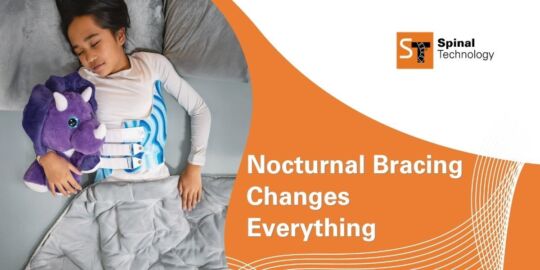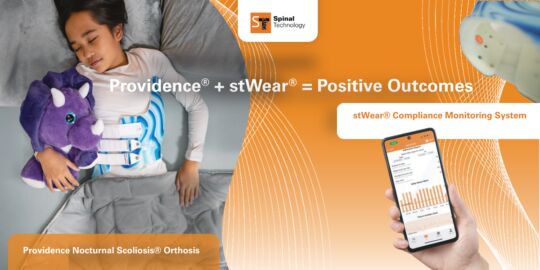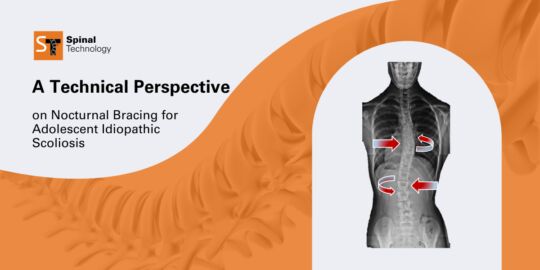High BMI Body Types and Considerations for Brace Selection
Orthotic Management of Adolescent Idiopathic Scoliosis (AIS)
Section 9
One important consideration in determining which type of bracing is most suitable to maximizing positive outcomes is the patient’s body type. The ability to achieve successful results becomes more challenging in children who may be overweight or maintain excess soft tissue. The difficulty is largely due to the reduced ability to transfer sufficient force to the spine to effectively shift and de-rotate the vertebrae appropriately [See The Journal of Bone & Joint Surgery (May, 2005) - “Decreased Orthotic Effectiveness in Overweight Patients with Adolescent Idiopathic Scoliosis,” O’Neill, Patrick J., MD1; Karol, Lori A., MD2, et al.]. While patients with high BMI may experience some correction in a well-fitted symmetrical orthosis, it is important to consider various bracing methodologies when excess soft tissue is present.
Patients with high BMI present a challenge for obtaining acceptable correction in a full-time orthosis. The displacement of tissue drastically reduces the ability to achieve effective correction. The correction obtained is largely the result of hydraulic forces caused by the circumferential pressure of the orthosis. Circumferential forces will compress around the soft tissue and the abdominal cavity, creating a lifting effect, partially offloading the weight of the upper body. This helps to elongate the spine, aiding in correction. However, absent of sufficient applied forces, the results are often minimal. Additionally, excess tissue will have a tendency to fill into the voids and reliefs, limiting the amount of clearance for corrective shifts and de-rotations.
Related Links
Need more information?
Contact our Customer Service Team at 800 253 7868. We'll be glad to help you with your question.
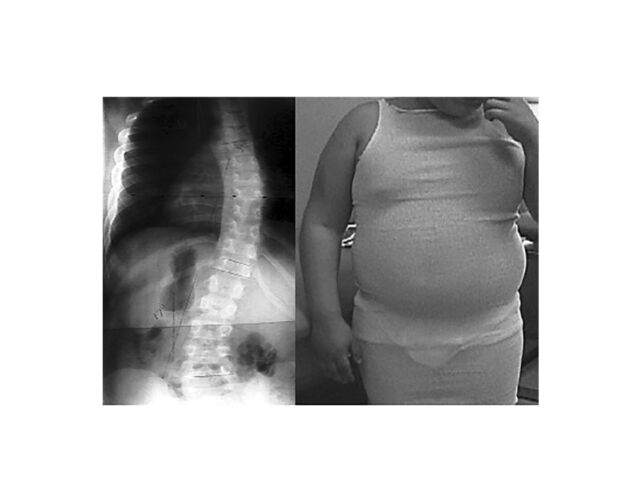
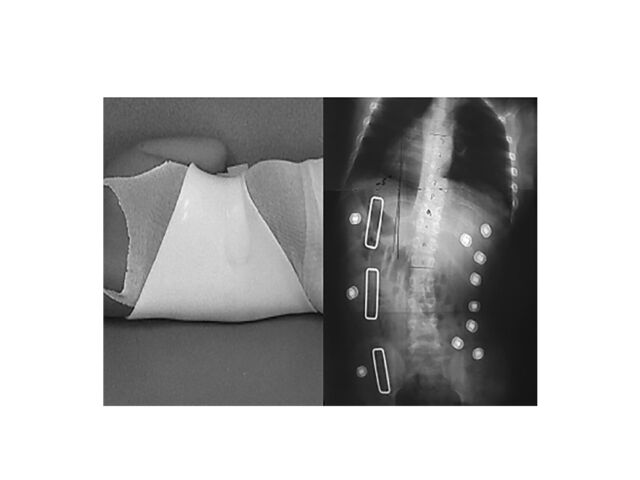
Excessive soft tissue inhibits our ability to locate and capture essential skeletal features. Any orthosis designed to be worn throughout the day must take into consideration active motion and positioning. An effective full-time brace will maintain a strong foundation around the pelvis, capturing the iliac crest, and locking the brace in the proper fitting location. This establishes control of the pelvis and limits brace migration.
Patients presenting with high BMI are strong candidates for nocturnal bracing. There are several advantages to treating these patients in the recumbent position with a hyper-corrective orthosis. See information on the Providence Nocturnal Scoliosis Orthosis for more information.
Providence Nocturnal Scoliosis® Orthosis and Patients With High BMI
The Providence® orthosis is ideally suited for patients who present with bracing challenges due to excess soft tissue. In the recumbent position, the spine elongates and ribs align horizontally. This creates a wider space between the floating ribs and the iliac crest, facilitating greater access to the lumbar spine to apply effective forces. Moreover, these patients benefit significantly by avoiding the physical discomfort they typically endure with full-time brace wear, thus encouraging higher compliance rates.
